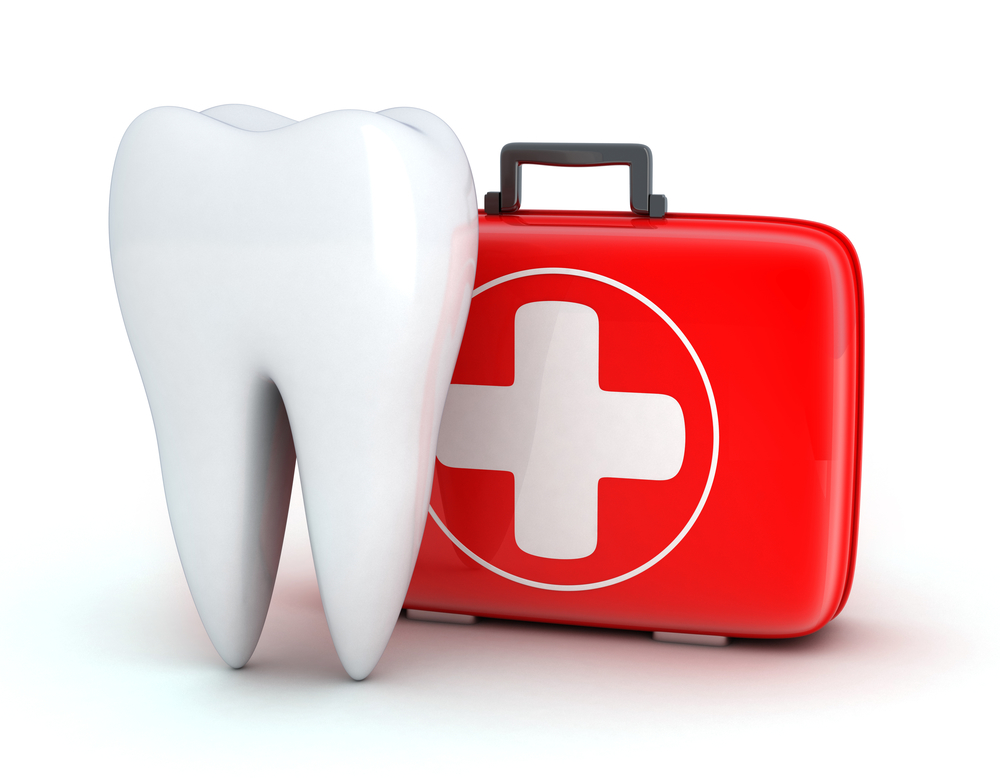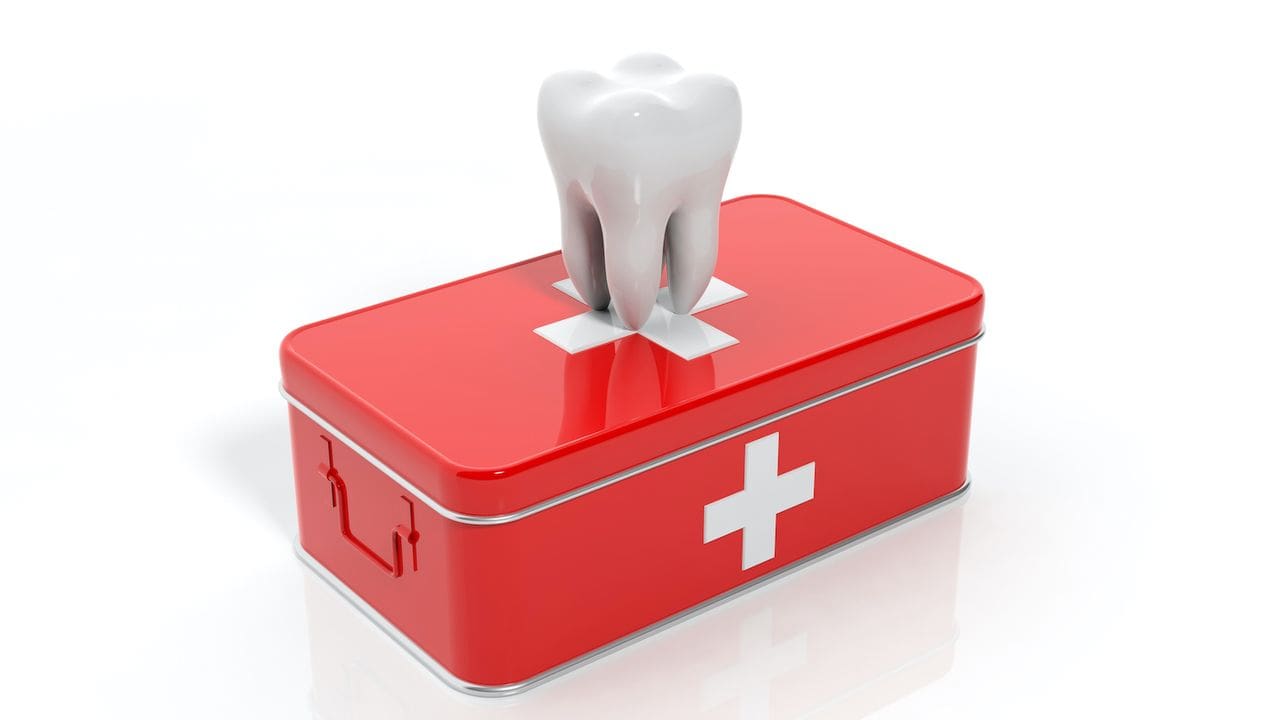Inexpensive and Obtainable Emergency Oral Edmonton for All Clients
Inexpensive and Obtainable Emergency Oral Edmonton for All Clients
Blog Article
Emergency Situation Dental Care: Rapid Alleviation for Tooth Discomfort and Accidents
Emergency situation dental care is a critical part of maintaining dental health, particularly when unanticipated events happen or serious discomfort develops. Understanding the indicators that demand instant attention can considerably affect end results, stopping further complications. From intense toothaches to stressful injuries, identifying the urgency of these situations is critical. Nevertheless, lots of individuals remain unsure about the specific situations that necessitate timely treatment. This uncertainty often brings about hold-ups in seeking assistance, which can intensify the concern available. Discovering the common sorts of dental emergency situations and the appropriate reactions is important for educated decision-making throughout these defining moments.
Recognizing Dental Emergencies
Dental emergencies often develop without warning, demanding punctual focus to mitigate discomfort and protect against more problems. Comprehending the nature of oral emergencies is vital for both clients and health care providers to guarantee reliable management. These scenarios can range from acute pain and trauma to infections that need prompt treatment.
One key facet of dental emergencies is acknowledging the indicators that need urgent treatment. Symptoms such as serious toothaches, swelling, or blood loss can indicate underlying problems that, if left untreated, might result in serious health issue. Furthermore, trauma to the mouth, whether from sporting activities injuries or mishaps, can cause damages to teeth and bordering cells, demanding swift examination and treatment.
Comprehending the urgency and prospective consequences of oral emergencies equips people to make informed choices, ultimately leading to better outcomes and boosted dental health and wellness (emergency dental edmonton). By focusing on punctual interest to dental situations, patients can minimize pain and secure their total well-being.
Typical Types of Dental Emergency Situations
Running into various kinds of oral emergency situations calls for an extensive understanding of the problems that require instant treatment. Common dental emergency situations can substantially influence a patient's oral health and general well-being.
One prevalent type is a tooth pain, which might arise from abscess, gum, or degeneration illness. Extreme discomfort commonly indicates an underlying concern that needs timely intervention. Another common emergency situation is a broken or damaged tooth, typically brought on by injury or too much force. This can bring about level of sensitivity and a raised danger of infection.
Knocked-out teeth represent a crucial emergency situation, where instant action is essential for possible reimplantation. Conservation of the tooth in an appropriate tool, such as milk or saline, is necessary while looking for professional assistance.
Furthermore, oral abscesses, defined by local infection, existing as swelling and discomfort. These require urgent therapy to avoid the spread of infection.
Finally, soft tissue injuries, consisting of cuts or lacerations to the gums, cheeks, or tongue, can additionally demand emergency care. Dealing with these problems quickly is crucial in mitigating problems and guaranteeing optimal oral health.
When to Look For Immediate Treatment

Accidents resulting in dental injury-- such as a knocked-out tooth, fractured or chipped teeth, or injuries to the gums-- demand immediate care (emergency dental edmonton). When it comes to a knocked-out tooth, time is of the significance; it should be reinserted or kept in milk or saline and taken to the dental expert within an hour for the very best opportunity of successful reattachment
Additionally, long term blood loss from the mouth or any kind of dental lacerations that do not stop might signify an extra significant problem needing immediate intervention. Dental swelling, specifically if it affects breathing or ingesting, is another warning. Generally, if you experience any unexpected changes in your dental health or physical pain that rises quickly, look for prompt dental like reduce potential complications and ensure your wellness.
Managing Pain in the house
Efficient monitoring of oral pain at home can considerably ease pain while waiting for expert treatment. Several approaches can be used to attend to discomfort and minimize swelling properly.
Using a chilly compress to the outside of the cheek can likewise help numb the area and decrease swelling. This technique is particularly reliable within the very first 24 hours following an injury or beginning of pain.
In addition, maintaining dental hygiene is important. Delicately washing the mouth with cozy seawater can aid cleanse the affected location and minimize irritation. Clove oil, understood for its all-natural analgesic homes, can be applied sparingly to the gum location making use of a cotton sphere for localized relief.
Avoiding certain foods-- such as those that are hard, crunchy, or very hot or cold-- can avoid worsening of discomfort. Ultimately, ensuring sufficient hydration and rest will certainly support general recovery while waiting for professional dental treatment. These natural remedy can offer a significant level of relief till a dentist can be spoken with.

What to Expect at the Dental Expert
A check out to the dental expert can usually give stress and anxiety, but recognizing what to expect can alleviate worries and help with a smoother experience. Upon arrival, you will generally sign in at the reception, where you may require to submit forms regarding your medical history and oral worries. Following this, a dental aide will direct you to the assessment room and take required radiographs, if suitable.
Once cleared up, the dental practitioner will carry out an extensive visit their website assessment of your gum tissues and teeth. If you are experiencing pain or discomfort, be sure to communicate this clearly, as it will certainly aid the dentist tailor the assessment to your needs. Depending on the searchings for, they may recommend therapies, which might involve filling up tooth cavities, performing extractions, or various other treatments.
Throughout any kind of therapy, anticipate to receive local anesthesia to decrease pain. The dental practitioner will describe each action of the procedure, ensuring you really feel website here notified and comfortable. After the procedure, the dental group will give aftercare directions to aid handle your recovery effectively. Bear in mind, open interaction with your dental expert is key to making sure a favorable experience and attaining optimal oral health.
Verdict
In verdict, emergency dental treatment plays an important function in easing tooth pain and dealing with urgent oral problems. Individuals are motivated to familiarize themselves with effective discomfort management methods at home, while additionally being prepared for the treatments that may be carried out by dental professionals during emergency situations.
Emergency oral treatment is a vital part of keeping oral health and wellness, especially when unforeseen incidents occur or severe discomfort develops.Oral emergency situations often occur without caution, requiring punctual attention to alleviate discomfort and prevent additional complications.In final thought, emergency situation dental treatment plays a critical duty in relieving tooth pain and attending to immediate oral concerns. Acknowledging the indicators of oral emergencies and recognizing when to look for immediate treatment can considerably influence oral health results. Individuals are urged to acquaint themselves with effective the original source discomfort monitoring methods at home, while also being prepared for the treatments that might be undertaken by dental professionals throughout emergencies.
Report this page